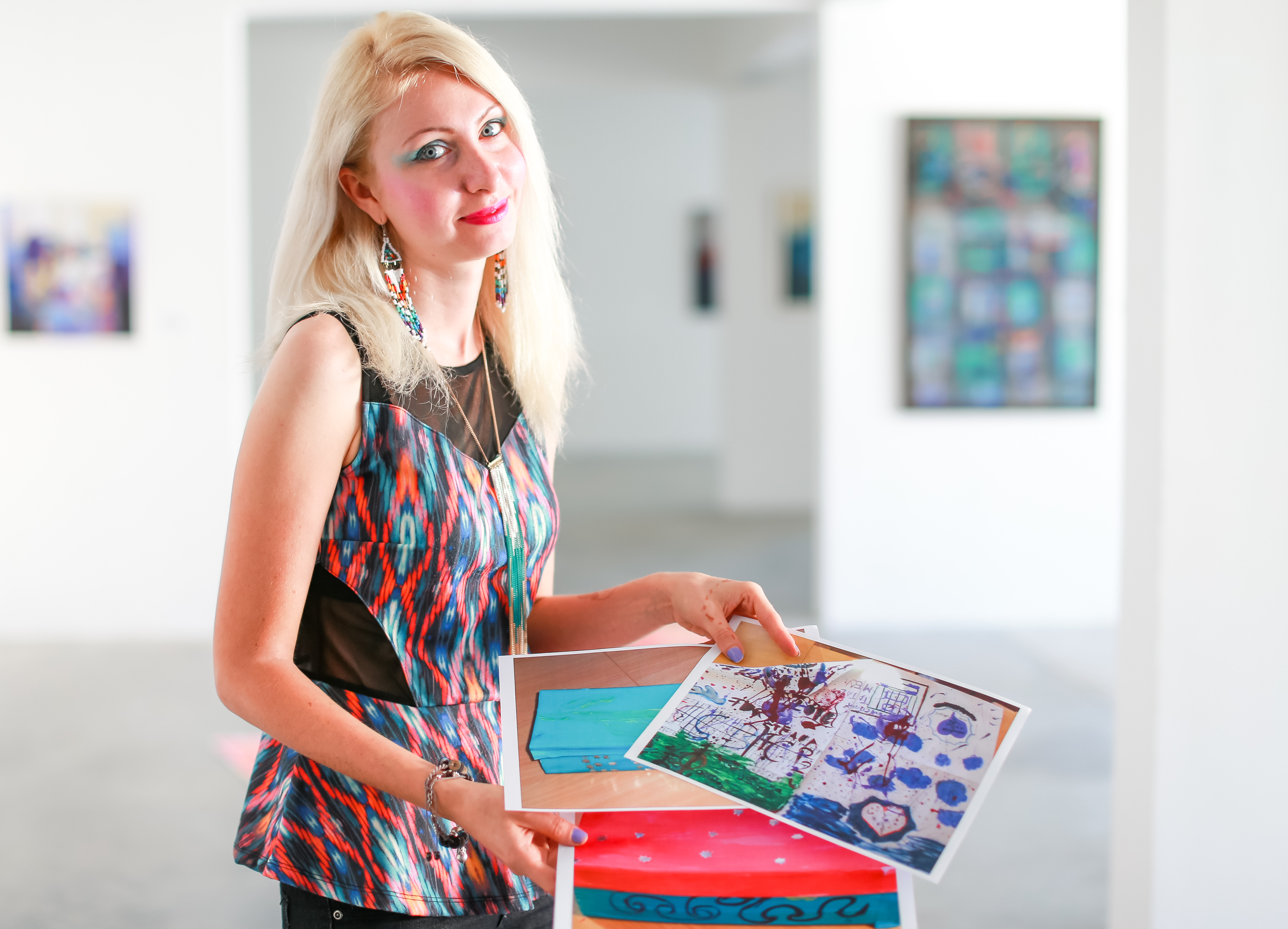
Not many in Oman would have heard about art therapy before Raluca Oprescu’s arrival three years ago. Since then, the Romanian-born management graduate, who went through a deep self development process before becoming a proponent of the innovative therapy, has been busy conducting workshops in different parts of the Sultanate, helping people improve quality of their inner life, and understand their personal emotions.
“Art therapy helps people raise awareness level, using their creativity as a platform,” she delves into the unique therapy, which is very popular in Australia, US, Canada and many countries in Europe.
According to her, art therapy will help people understand what’s going on within their bodies. “If you have a physical ailment, that means there are ailments at other levels as well, as everything is related in human body,” says Oprescu, who had worked with people suffering from cancer and diabetes.
However, the most interesting aspect is that one doesn’t need to be an artist or have artistic tastes to undergo the therapy. “I started discovering my art after getting hooked to art therapy. It’s for anyone who is trying to understand more about him/her and about life. You need not be an artist, but if you are an artist, definitely this kind of process will add up to your creativity. You will discover new sides of yourself that you didn’t know, unlike the way you were taught in an art school. In self development process you will discover that the art techniques are just restrictions and you will realise you are a far bigger artist than that,” she says.
That is why Oprescu believes art therapy doesn’t care about conventional artistic values. “Art is self expression and nothing more. We are interested only in personal meanings. Each material you use – acrylic or crayons — might lead to a certain theme that you can access. In a workshop, we have fixed themes like polarities, masculine and feminine sides in oneself, vocations and discovering shapes and colours. Each colour interacts with us emotionally. Today you may like red and tomorrow you may find it disturbing. There’s a connection, and we can interact with that. People don’t really understand the importance of colours or what do they really mean. Through this therapy, we discover our own associations with the colours,” she says.
Though the therapy uses artistic expressions, Oprescu says it should not necessarily enhance one’s artistic skills. “Actually art therapy places a mirror in front of you. Then if you discover there’s something that has to do with art, you can be an artist. But it happens very rarely. It happened in my case, but it’s not the main purpose. Art therapy is just a method to access self development.”
Then how does the healing happen? “Healing happens not just in the process of painting, but when one talks about images and again become aware of things,” she says. Art therapists work with the images of the soul, the images inside us and now they are out on a paper. “Look at the picture of burning inner fire done by one woman who needed a change in her career,” she says pointing at the picture on the wall, and adds: “The theme had been ‘five elements’ and she unknowingly chose fire and depicted her inner fire that will goad her to make the changes.” Oprescu says art therapy work well with children. “Usually it works with children above seven years. Psychologically, their system needs to be defined. I even worked with a four-year-old boy and art therapy came handy in case of abused children. However, it’s with adults and teenagers you achieve the best results.”
While working with children, art therapists use mediums of water colours, oil pastels, plain crayons, black crayons and sometimes clay in special workshops. “Clay process is very deep as you are in direct contact with the material. But these are not complicated mediums. I tell them to use them as they wish, touch the material and be playful with it to explore it in any way they wanted. And they do so. When you enter the process you feel inside a force that’s trying to move you. It’s the movement of life, as we call it. You have to follow it and if you don’t, you will end up in creating something which your mind wants to create. You have to surpass the mind level and it’s the impulse you have to follow. Pick a certain colour, make a certain movement and follow it without thinking why you chose to do so,” she says.
Contact Raluca Oprescu
Art therapist, Life coach & Holistic Healer.
Phone: +968 9137 5197